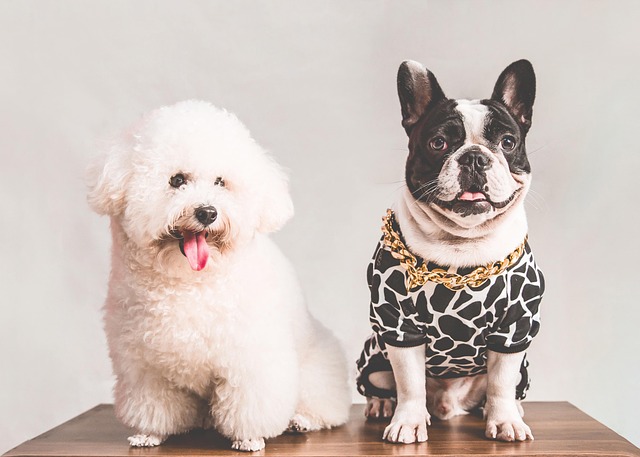
How can I tell if my dog's heatstroke is serious
Let’s be real: It’s a sticky August morning in Los Angeles, and you took your 2-year-old Golden Retriever, Max, for a walk a little later than usual
Most dog owners feel helpless watching their pup mope around after a tooth extraction—ears droopy, avoiding their food bowl, and even flinching when you reach for their head. The first step to comfort a dog after tooth extraction is to stick closely to your vet’s post-op plan; they’ll likely send you home with pain meds and clear rules for the first 48 hours. Soften their space: lay down a plush blanket in their favorite quiet spot (away from noisy kids or other pets) so they can rest without being disturbed—many dogs in cities like Seattle, where apartments are busy, benefit from this calm zone to recover.
Food is a big part of comfort, but you’ll need to swap their usual kibble for something gentle on their sore gums. Try warm, mashed sweet potato, boiled chicken shredded into tiny pieces, or vet-recommended wet food thinned with a little water. Avoid anything hard, crunchy, or sticky—no rawhides or peanut butter, which can get stuck in the empty socket. In Paris, many pet stores sell pre-made “post-dental” meal packs that take the guesswork out of feeding, but always check with your vet first to make sure it’s a good fit.
Pain management is non-negotiable, and it’s also where local laws come into play. In the EU, all canine pain meds for post-tooth extraction require a vet’s prescription—never give your dog human meds like ibuprofen, which is toxic and could land you in trouble with animal welfare authorities. Some US states, like Texas, mandate that vets provide written instructions for medication doses and side effects; keep this paperwork handy in case you have questions later. If your dog seems extra restless (pacing, whimpering), call your vet immediately—don’t wait to adjust meds on your own.
 Gentle interaction goes a long way, but read your dog’s cues. A slow, soft belly rub or quiet talk in a calm voice can reassure them, but avoid hugging or touching their face too much—even well-meaning pets might snap if their gums hurt. In Toronto, where 24/7 emergency vet lines are common, experts suggest offering ice cubes (frozen in small trays) to soothe sore gums—most dogs love licking them, and the cold numbs discomfort without any risk. Just make sure they don’t chew the ice, as that could damage the extraction site.
Gentle interaction goes a long way, but read your dog’s cues. A slow, soft belly rub or quiet talk in a calm voice can reassure them, but avoid hugging or touching their face too much—even well-meaning pets might snap if their gums hurt. In Toronto, where 24/7 emergency vet lines are common, experts suggest offering ice cubes (frozen in small trays) to soothe sore gums—most dogs love licking them, and the cold numbs discomfort without any risk. Just make sure they don’t chew the ice, as that could damage the extraction site.
At the end of the day, comforting a dog after tooth extraction is about patience and following the rules—both your vet’s and local pet health laws. Your pup won’t feel like themselves for a few days, but with soft food, a quiet space, and timely pain relief, they’ll be back to begging for treats (and chewing their favorite toy) soon. Remember, every dog recovers at their own pace—celebrate small wins, like them eating a full meal, and don’t hesitate to reach out to your vet if something feels off.

Let’s be real: It’s a sticky August morning in Los Angeles, and you took your 2-year-old Golden Retriever, Max, for a walk a little later than usual

You're enjoying a summer afternoon at the park when you notice your dog has stopped panting and appears disoriented - their gums are bright red

Let’s paint the picture: You’re in your Denver apartment, watching your 4-year-old Boston Terrier, Ruby, plop down mid-play session with her favorite toy

Many dog owners notice their pets nails seem shorter after regular walks,but how much does this daily activity actually help?The answer depends on where you walk—concrete sidewalks or asphalt streets gently file nails as a dog's paws hit the ground

Most dog owners notice their pup scooting across the carpet at some point, but few connect it to impacted anal glands. These small sacs near a dog’s rectum secrete a scent for marking territory

Most vets agree that regular dog teeth cleaning is key to avoiding painful dental issues later. For healthy adult dogs, a professional cleaning at the vet’s office every 12 to 18 months usually works well.